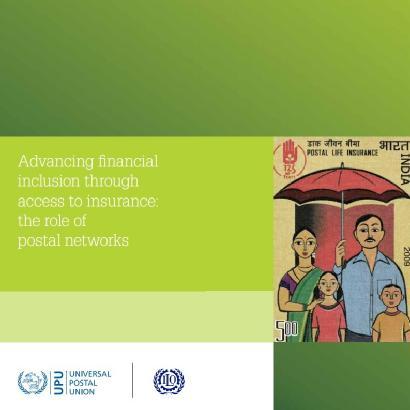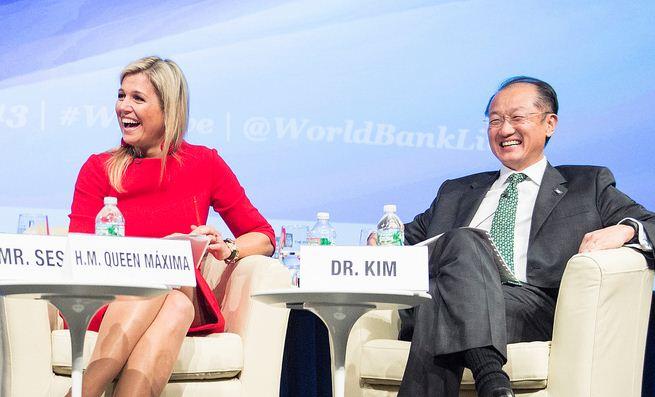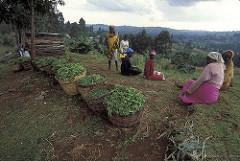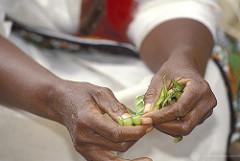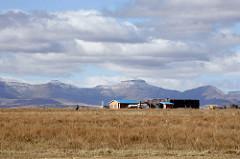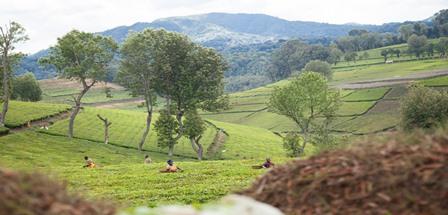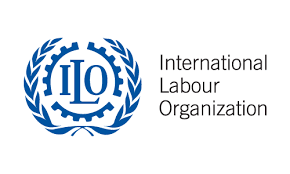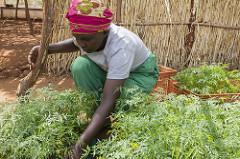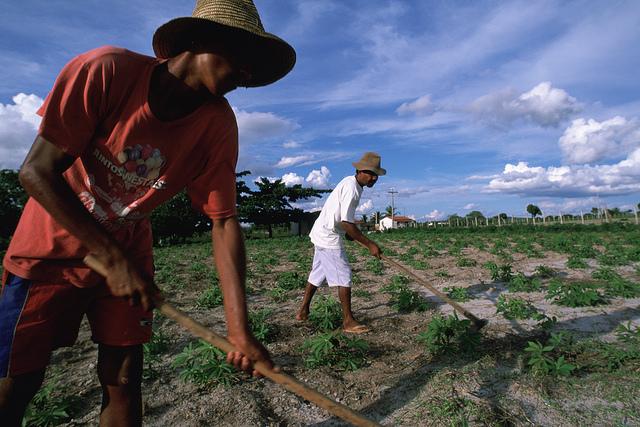Content owner:
Munich Re has released a study that reports on the latest activities and current state of microinsurance in Africa as part of the Microinsurance Network’s World Map of Microinsurance Programme. Aiming at providing a comprehensive understanding of the environment in which both microinsurance and traditional insurers operate in Africa, the publication contains data collected from over 200 microinsurance providers representing all 36 of 54 African countries where microinsurance is available. "The study aims to provide a comprehensive understanding of the environment in which both microinsurance

